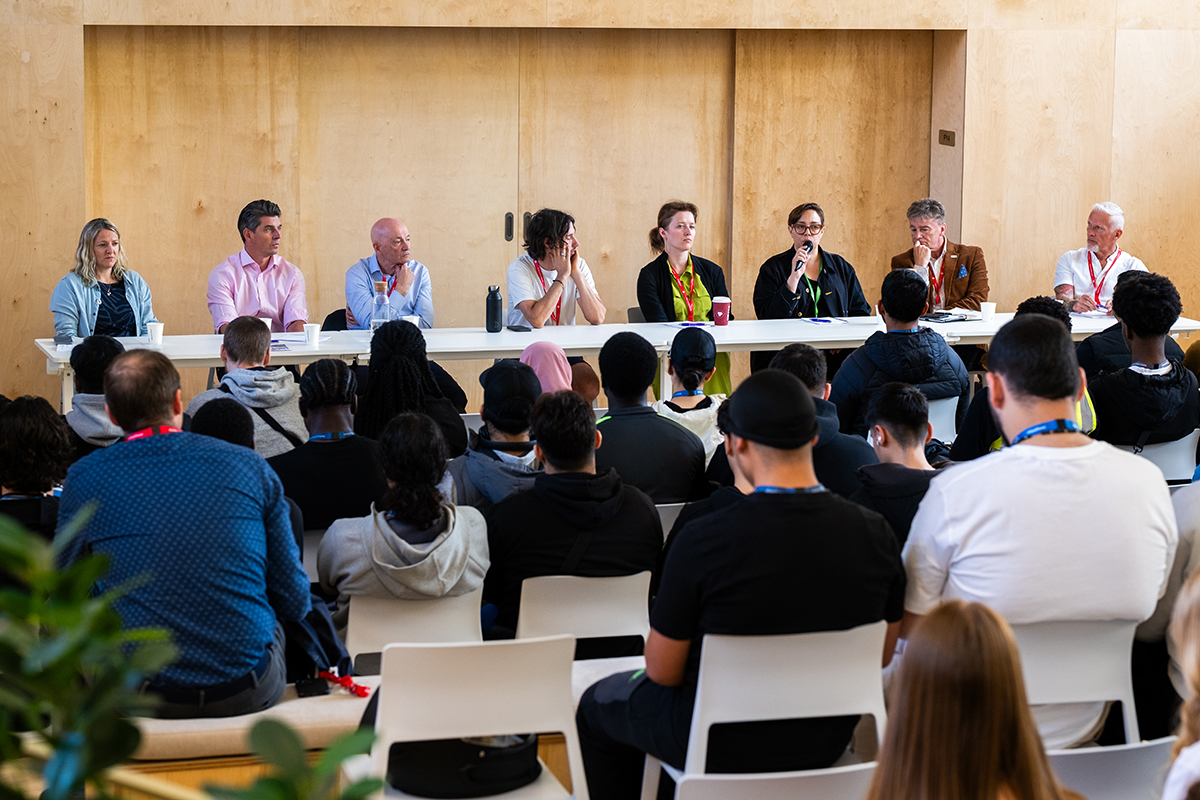Education is still failing students by pedalling debunked learning styles

The education industry needs to shake off the ethos of learning styles. There is no evidence designing lessons for different learning styles accelerates student learning, yet teachers are consistently directed to keep these pseudoscientific style categories in mind.
By continuing to perpetuate learning styles, we can cause harm to learners at all levels, from school to higher education. Elizabeth Ellis, Head of School of Digital Education at Arden University, explains why we should move towards learning behaviours instead.
Gaining momentum in the 70s, the learning style theory suggests different students learn best when information is presented to them in a particular way. The most frequently referenced styles are visual, auditory and kinaesthetic, which assume some individuals learn best by looking at pictures, listening or through hands-on activities.
Despite ample evidence proving learning styles to be a myth, worryingly, a study shows almost 90% of educators globally believe in the efficacy of learning styles, even though they can lead to learners being pigeonholed and losing motivation.
Why do educators believe in learning styles?
As noted in research by Willingham et al., the proposed ‘solution’ of using learning styles has been to create categories of learners. For many, learning styles offer a middle ground between treating every student the same and treating every student uniquely.
Once exposed to all these seemingly reliable (or at least not overtly unreliable) ways to learn, confirmation bias – the tendency to process information by looking for, or interpreting, information consistent with one’s existing beliefs – could easily support the belief that learning styles are viable.
For example, if a teacher was helping a student struggling with a concept and tried a few ways of explaining to no avail, but then decides to draw a diagram and the idea clicks, it is natural for the teacher and student to conclude that the student must be a visual learner. But perhaps it was an effective way to communicate that idea, and any learner would have benefited from the diagram.
The harm in learning styles
Adopting the learning style method can cause more harm than progress, including: the creation of unwarranted and unrealistic expectations among educators; matching a student to a learning style could waste time and resources, and it could potentially demotivate students.
The learning style theory can enhance self-limiting beliefs – particularly for students who have had prior poor formal education experiences. Adopting a learning method or a particular label such as ‘visual learner’, can plant the idea for a student that they can’t learn unless information is presented in a particular way.
Ironically, learning styles can also prevent students from taking ownership of their learning, as the responsibility shifts back to the teacher and their ability to present information in the required format. And if information given in the preferred method, such as via audio for a supposed auditory learner, is not retained by the student, it could demotivate the learner through the belief that they can’t learn that material and thus struggle with the subject when another explanation or method may be needed.
Developing more inclusive learning
Prioritising inclusive pedagogies that recognise, value and support all students to succeed is vital. By focussing on ‘learning design’ throughout the educational journey, educators can not only consider students’ current levels of knowledge and ability, but also focus on what they want them to gain.
It offers an important baseline that builds in universal elements, including digital skills, capability, graduate outcomes and authentic assessment.
There are a plethora of learning design frameworks and approaches that can be applied to learning experiences, from a 5-minute micro lecture to a 4-hour online workshop. Frameworks, such as UCL’s Conversational Framework and its attendant ABC method, provide educators with a stage that can be populated by the dialogue of educator with student and put into action with a range of activity types that allow students to engage with topics in multiple ways.
This steers away from the idea that students need to engage in specific, simplistic styles to acquire knowledge. Instead, incorporating learning design frameworks encourages the kind of complexity that aids learning – taking a tricky concept and bringing a student through a journey that includes reading, watching, communicating and creating an artefact, all to enhance understanding and demonstrate it.
But we can also take learning design a step further, by building on research from 2018, which demonstrated that students studying online at a distance, displayed distinct learning behaviours.
Learning behaviours (Ellis, Gallagher and Peasgood, 2018) is based on the idea that when students learn, they display core identifiable behaviours recognisable and replicable but emphasised or de-emphasised due to particular factors, such as: personal preference, proficiency, digital skills, and their current place in the education journey.
The research identified that students that display learning behaviours are more likely to progress positively throughout their education. These behaviours are:
- Goal-setting – the tendency to set goals and plan.
- Time – prioritising time to spend studying and sticking to a study schedule.
- Focus – avoiding clutter and distraction, including ‘digital’ distraction.
- Note-making – the tendency to make and store notes, either digital or physical.
- Digital-preferred – the ability to use technology to carry out tasks, whether choosing to do so or not.
- Help-seeking – the ability to connect with other people for support with their studies.
- Elaboration – the desire to seek information and relate new ideas to ones already known.
The urge to engage in learning styles often comes from a good place. But differentiation based on a neuromyth harms the efforts of both teacher and student.
We can push back on the idea that in some way it is about modifying student behaviours or training learners to behave in a particular way that ensures success. Learning design augmented by learning behaviours champions differentiation based on knowledge, engagement, and skills development. It also champions putting the student at the centre of their learning journey and giving them the confidence to own it.
By Elizabeth Ellis, Head of School of Digital Education at Arden University











Responses